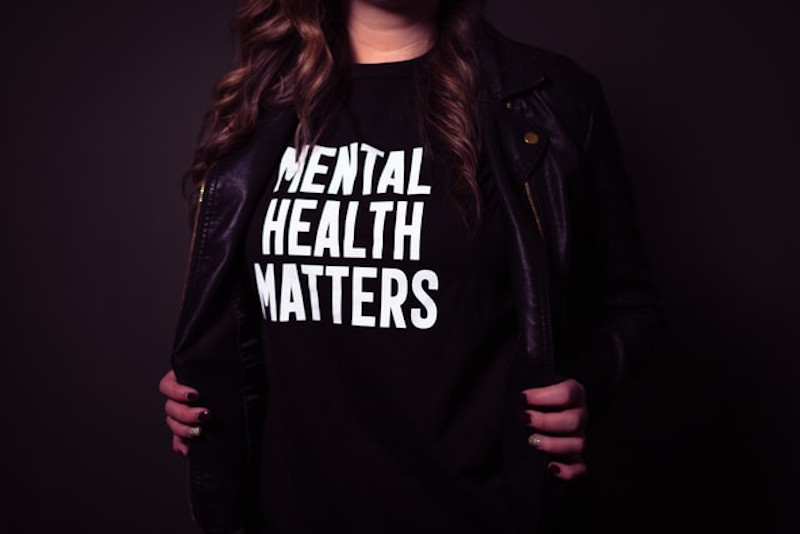

Is it Mood Swings Or Is It Bipolar Disorder?
by Counseling and Wellness Center of PittsburghJuly 18, 2023 bipolar, bipolar disorder, Bipolar I Disorder, Bipolar II Disorder, medication management, mental illness, mood swing, psychiatric assessment, psychiatric services0 comments
Mood swings are a common experience for many people. However, when these shifts in mood become extreme and disrupt daily life, making it hard to do everyday tasks, it may be a sign of a more serious condition called bipolar disorder. Distinguishing between common mood swings and bipolar disorder is important for understanding the condition and providing the appropriate...Learn More
What is Persistent Depressive Disorder? Understanding the Symptoms, Causes, & Treatment
by Counseling and Wellness Center of PittsburghJuly 3, 2023 depression, dysthymia, dysthymic disorder, PDD, persistent depressive disorder0 comments
Have you found yourself trapped in a seemingly endless cycle of sadness, hopelessness, and lack of energy? If so, you may be experiencing persistent depressive disorder (PDD). While PDD can make life feel unbearable, it’s important to understand that it doesn’t have to be the norm. In fact, PDD is highly treatable, and with the right approach, individuals can regain...Learn More
Is Borderline Personality Disorder Genetic?
by Counseling and Wellness Center of PittsburghJune 22, 2023 borderline personality disorder, BPD Relationships0 comments
Borderline personality disorder (BPD) is a mental health condition characterized by emotional instability, which can lead to unpredictable moods, behaviors, and relationships. People with BPD often experience difficulties in maintaining stable interpersonal connections, have a distorted self-image, and exhibit impulsive tendencies. A question frequently asked is, “Is...Learn More
Managing Depression: 14 Tips for Balancing Responsibilities
by Counseling and Wellness Center of PittsburghJune 12, 2023 depression, depression counseling, depression therapy, major depressive disorder, managing depression, mental health, mental illness, stress management0 comments
If you are managing depression and finding it challenging to handle your responsibilities, know that you are not alone. Major depressive disorder (MDD) can have a significant impact, but with recovery and symptom reduction, there is hope. Here are some tips that may assist you in managing depression while fulfilling your obligations:
Seek professional help: Never...Learn More
Mental Health for Everyone
The month of May is Mental Health Awareness Month. Learning about mental health and why it is important to take care of breeds promise for a happy, healthy community. Beginning in America in 1949, this outreach program has grown to include over 150 countries. Today, in 2021, its’ purpose of raising awareness and educating the public about mental health is more important now than ever before...Learn More
Parenting in the Age of COVID-19: Being There For Our Kids
by Counseling and Wellness Center of PittsburghMarch 14, 2021 child counseling, child therapy, family counseling, family counseling during corona virus, parenting, Parenting and Families0 comments
Whether you’re a parent or caregiver, weathering the pandemic with children has probably felt like a pressure cooker at times. Boredom, turmoil, and anxiety arise when faced with remote school days or filling long afternoons sans extracurriculars.
Kids look to the adults in their lives to help them cope with this complex, global situation. How can we make strong mental health choices to...Learn More